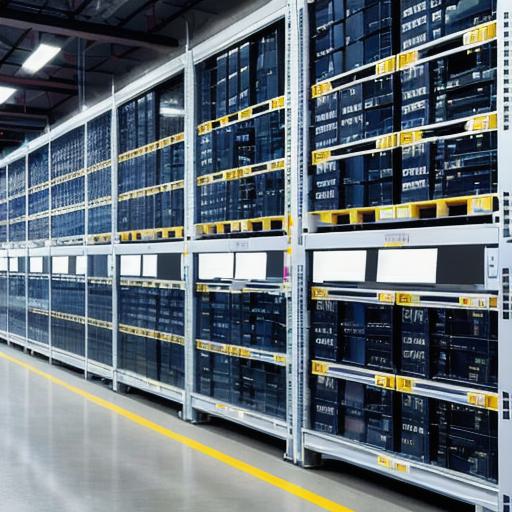Web3 is a term used to describe the next evolution of the internet, which focuses on decentralized systems and applications built on blockchain technology. With Web3, users have more control over their data and online interactions, and there are countless opportunities for innovation and disruption in various industries.
In this article, we will explore the key concepts and benefits of Web3, and provide real-life examples and case studies to illustrate its potential. We will also discuss how you can get started with Web3 and take advantage of its many opportunities.
What is Web3?
Web3 is a decentralized network that allows users to access and share data and resources without the need for intermediaries like banks or social media platforms. It is built on blockchain technology, which is a distributed ledger system that records transactions securely and transparently.
One of the key features of Web3 is its focus on user ownership and control. With Web3, users have full access to their data and can decide how it is used and shared. This is in contrast to traditional web systems, where users are often required to provide personal information and have limited control over their online presence.
Another important aspect of Web3 is its potential for innovation and disruption. Because it is decentralized and open-source, anyone can build on the Web3 platform and create new applications and services. This has already led to a range of exciting projects and startups in areas like finance, healthcare, and supply chain management.
Benefits of Web3
There are many benefits to using Web3, both for individuals and businesses. Here are just a few:
Decentralization
Web3 is decentralized, which means that it does not rely on any single entity or organization to function. This provides greater resilience and redundancy, and reduces the risk of censorship or control by a central authority.

Privacy and security
Because Web3 is built on blockchain technology, it provides strong encryption and privacy protections for users’ data. This makes it more difficult for hackers to compromise sensitive information, and gives users greater control over how their data is used.
Interoperability
Web3 applications can communicate with each other seamlessly, regardless of the platform or protocol they were built on. This allows for a more integrated and efficient online ecosystem, and opens up new possibilities for collaboration and innovation.
Financial inclusion
Web3 has the potential to democratize access to financial services, allowing people without traditional bank accounts to participate in the global economy. This could have a huge impact on poverty reduction and economic development in many parts of the world.

Real-life examples of Web3 in action
There are already many exciting projects and startups using Web3 to build new applications and services. Here are just a few examples:
Decentralized finance (DeFi)
DeFi is a set of decentralized financial tools and platforms built on Web3 technology. These platforms allow users to lend, borrow, trade, and invest without the need for intermediaries like banks. DeFi applications are transparent, secure, and accessible to anyone with an internet connection, making them a powerful tool for financial inclusion.
Supply chain management
Web3 can be used to build more efficient and transparent supply chains, by allowing companies to share information about their products and processes in a decentralized and secure way. This can help reduce fraud, improve product quality, and increase transparency for consumers.
Healthcare data sharing
Web3 can be used to build secure and interoperable healthcare data sharing systems,
